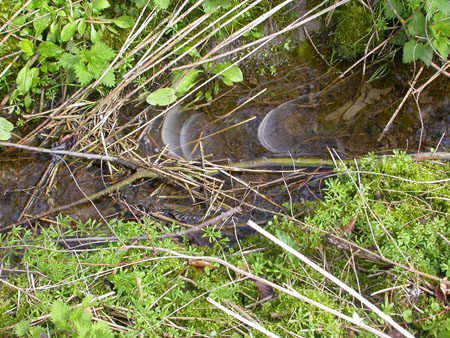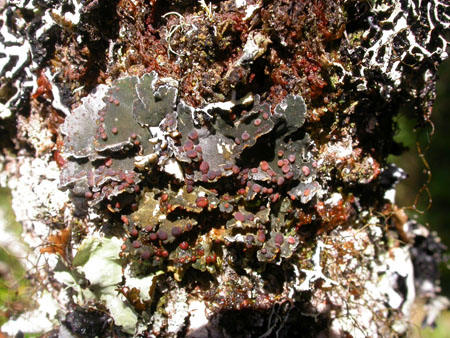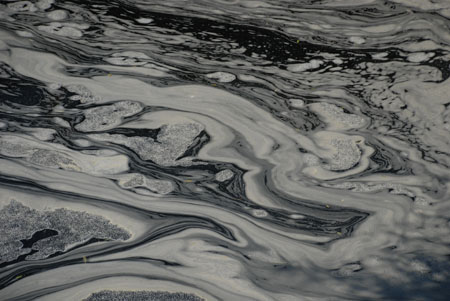




Lichens and Pollution
The presence or absence of particular lichens will indicate very accurately the levels of certain pollutants in the atmosphere. It is well known that a range of ten pollution levels were indicated using lichens to assess levels of sulphur dioxide in the atmosphere. It is not so well known that acidic pollution resulting from industrial processes such as oil or coal fired power stations, and brick works is largely a thing of the past in the United Kingdom. Many of the species that used to be tolerant of sulphur dioxide in the atmosphere and which were the only species abundant in Central London have all but disappeared, even in the centres of the largest industrial conurbations. These sulphur-dioxide pollution tolerant species have been replaced in urban areas in particular with a wider range of lichen species, but unfortunately further changes are taking place.
As the most important atmospheric pollutant, sulphur dioxide has been replaced by alkaline problems such as high levels of fertiliser resulting from intensive farming in rural areas and increasingly harmful levels of ammonia resulting from the use of catalytic converters in cars. This latter problem is now at least being addressed aggressively in parts of the United States. These nitrogen based, alkaline compounds causing atmospheric problems can also be assessed using the presence or absence of lichen species in the same way as sulphur dioxide levels could be assessed in the past. Needless to say, a different suite of species is used.
Unfortunately these alkaline pollutants, especially those that are fertilisers are causing great problems to certain important aspects of the countryside. A most important habitat type is acid heathland. A heathland flora develops on nutrient poor soils with a low pH, often with very efficient drainage. These exacting conditions meant that relatively few higher plant species could flourish in heathland conditions. In a typical heath, there are open areas that lack higher plants. In these, over sufficient time a wide range of lichen and bryophyte species can become established. Because of eutrophication (the addition to the habitat of compounds with a high pH, either of animal origin or inorganic), heathland is being invaded by more vigorous higher plant species such as bracken, gorse and grass species. Jersey, for example, used to contain excellent heathland but this habitat has all but disappeared and with it, many lichen species have either gone, or are on the verge of extinction.